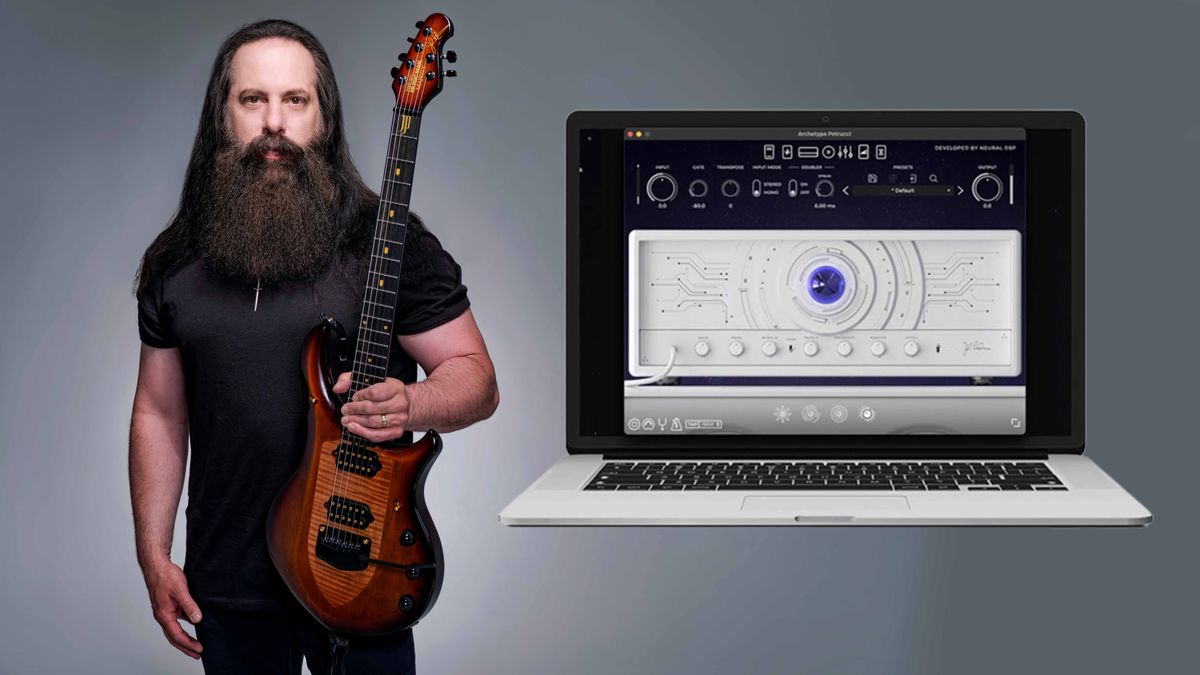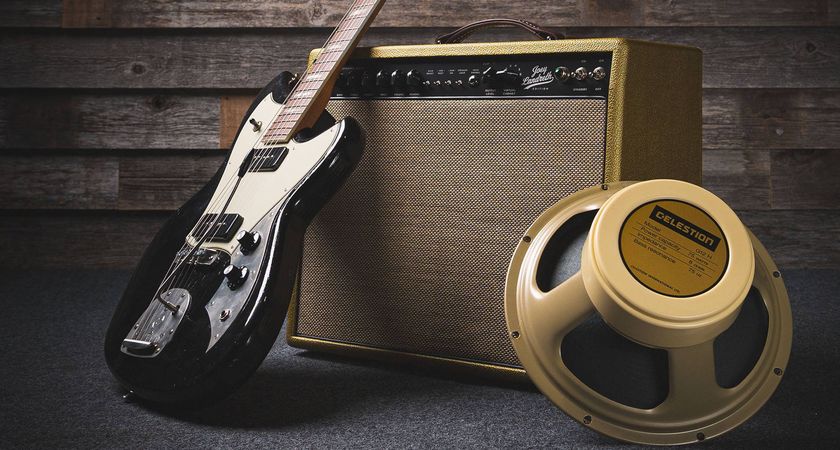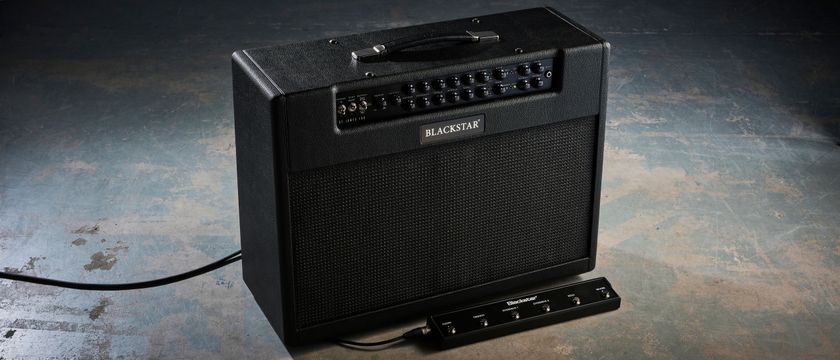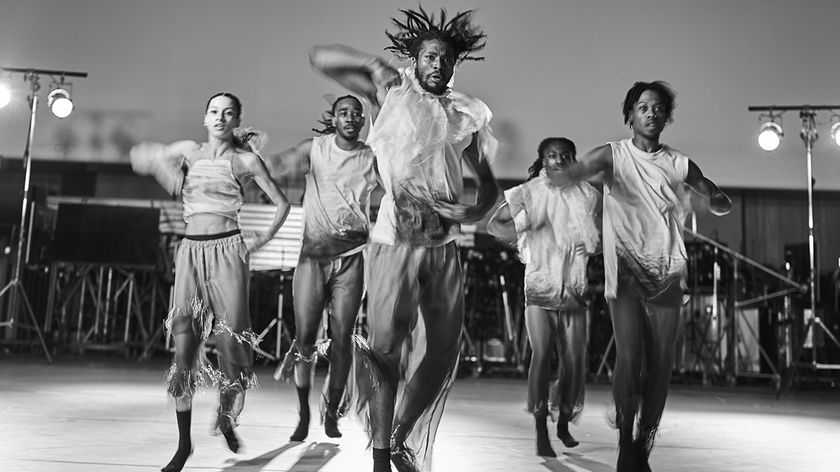"The biggest challenge for the digital products is not the tone" – John Petrucci doesn't believe modelling can provide the kind of 'random' moments that tube amps can yet… but Neural DSP has got the closest to "the missing piece"

Rick Beato's new chat with progressive guitarists John Petrucci, Tosin Abasi and Devin Townsend is as fascinating as we'd have hoped, but in addition to the insights on composition and theory's place in it, John Petrucci made some very insightful observations on the modelling Vs tube amp debate.
He goes a bit deeper than the usual "pushing air" argument for 'real' amps, and as a player who frequently uses modelling for effects alongside tube amps – he's recently started his own company and launched an IR pack too – Petrucci is well-placed to compare.
When asked by Beato what amps can do that plugins and digital modellers can't, Petrucci doesn't hesitate.
"The biggest challenge for the digital products is not the tone, not the things like gain and overdrive, it's how the amplifier physically pushes air through the speaker, it's the feel thing.
It's that randomness and the way things are happening in physical space that you can't reproduce.
"It's all happening very randomly," Petrucci elaborates. "Nothing happens the same – if you're playing through an amp with a lot of distortion and you play an A, and then you play that same A again, the way that it interacts with the amplifier's components and comes out of the speakers is totally different. It's a totally different moment in time. But with the digital products, they can never randomise that… well maybe they could, I don't know – maybe it's an AI thing. But I guess they're trying to capture a single moment in time where that's happening.
"So that's always the missing piece to me," says Petrucci. "It's that randomness and the way things are happening in physical space that you can't reproduce."
For the Dream Theater guitarist that's the challenge facing digital modelling, but he's been impressed with the progress one company has made.
Get the MusicRadar Newsletter
Want all the hottest music and gear news, reviews, deals, features and more, direct to your inbox? Sign up here.
"I think Neural DSP has done this the best, it was the first time I ever experienced the closest thing to that [tube amp response]. It was like, 'wow'."
Petrucci was able to see the processes the Finnish company uses firsthand when he worked with them on his signnature Archetype plugin to capture the key elements of his rig. For a player who had never used digital modelling for his amp tones, he had some clear requirements.
"If I'm going to get involved in this world and we're going to create something together and my name's going to be on it… this has got to be the best one you've ever done," Petrucci reflects on his stance going into the project. "That was the conversation, 'This has got to be the greatest one you've ever done. And these are the reasons why it has to be the best one you've ever done, because we're going to include this and that.'
"So it was a big challenge to make all this stuff happen. That was the starting point – this massively high goal. And then we had several conversations about what I like to hear in amplifiers and cabinets. My engineer Jimmy T, shot the IRs that we use – someone who was close to me using my cabinets."
For Petrucci it wasn't about cloning, but using the digital possibilities to an advantage.
"You have to create something in the virtual world that's in that direction, but it's not that [direct clone]. So in doing that there was some freedom too, because you can do some things in the digital world that you maybe can't do on an amplifier because it would make the amplifier unstable.
"By the time we were done, in my opinion, they had created the best one so far. To me anyway."
Even fellow Neral Archetype artist Tosin Abasi concurs that there's still no substitute for the real thin "whenever you can", but recognises the huge leaps being made for flexibility and the "shocking accuracy" Neural is able to capture.
"For software, we're in a golden age."

It's that randomness and the way things are happening in physical space that you can't reproduce.
Devin Townsend uses the Fractal Axe-Fx for his tones, and sees it as a case of intent and application.
"There's use for both in multiple different capacities," ne notes. "For what I do, I love the intimacy of a small Fender amplifier if I'm playing a clean sound, but 99% of what I do is digital for a very specific reason. On the last couple of records we had worked either with producers or engineers who in some cases had something invested in convincing me that we could get a better sound out of an amp.
"So we set up an array of 12 vintage cabinets and all the heads and all the pedals, and they all sound terrific, but what I ended up realising is the spectrum that we have to deal with in terms of just a stereo set of speakers, unless you're doing ATMOS, you've got a limited bandwidth with what you can fit it in. And for the work that I do there's choral aspects, there's tons of orchestral aspects, there's synths, I've got a spike at 3.5k in my voice… heavy guitar exists all in the midrange, the cymbals exist in the same place as the synths.
"So what I've found is by using a digital replication of an amplifier, where I know I like the tone for that particular part, whether it's a Mesa or Diezel or what have you, the sonic footprint of the same tone was much more capable of fitting into that spectrum. Because the sheer size of an analogue amp, in order to make that fit I have to have to high cut and low cut, and all that's left is just a gnarly midrange thing. So it's almost like I can take a snapshot of the full sound and fit it into the spectrum in an easier way. So for the same of what I do, I find that preferable."
Check out the full interview above – it's great stuff.

Rob is the Reviews Editor for GuitarWorld.com and MusicRadar guitars, so spends most of his waking hours (and beyond) thinking about and trying the latest gear while making sure our reviews team is giving you thorough and honest tests of it. He's worked for guitar mags and sites as a writer and editor for nearly 20 years but still winces at the thought of restringing anything with a Floyd Rose.

“It showcases a straightforward single-channel layout ideal for both clean tones and mild breakup tones”: Revv Amplification and Joey Landreth join forces for a signature take on the D25 tube combo with onboard virtual cabs/IRs

“A truly modern take on the high-powered super amp, full of clever design decisions and boasting features which open it up to all sorts of uses”: Blackstar St James 100 212










